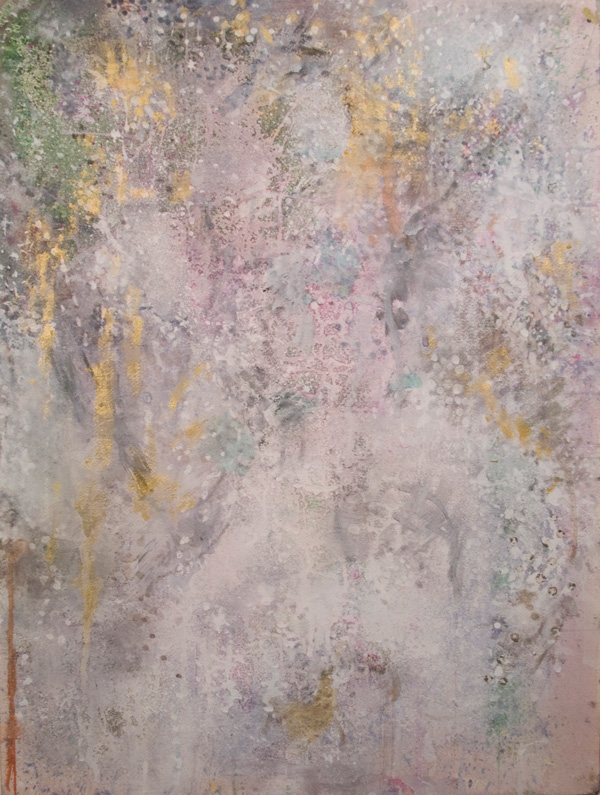
If my father wasn’t a born artist, then it was an intense drive that emerged around the time he became acquainted with the tooth fairy and kick the can. In school, he was encouraged by his peers to sketch comical pictures of his teachers, and by his teachers to draw signs for school events; at home he was the day dreaming artist
that his father berated for not engaging in more “manly” pursuits; in the late 1940s, my father—Brooklyn kid, son of an immigrant milkman—became one of the chosen
few to gain entrance to Cooper Union School of Art. Even after being inducted into the army and shipped off to Korea in 1951, he was known among the other men as “the Artist,” sitting and sketching whenever he had a few minutes. As he told it, one day before being sent to the front he was pulled to be a set painter for the SSO shows—at least this once, it is fair to say that being an artist saved his life.
Among the last recipients of the GI bill, serving as the army artist in Korea earned my father a full ride to attend the Ruskin School of Drawing and Fine Art at Oxford University in England. During his two years at art school, he traveled around Europe, discovering the music of French composers such as Claude Debussy and Maurice Ravel and falling hopelessly in love with the city of Rome—two events that would come to define his artistic vision from that youthful epoch onward. To Rome he would return several times throughout his life. In fact, my father managed to live in Rome for stretches of time, but upon each grudging stateside return he would complain of how it was becoming more expensive, polluted, and overrun by tourist-it would never be the Rome of his first discovery. He spent his artistic career attempting to capture the essence of his Rome circa 1955 as well as to distill with paint what he heard in the music of his favorite composers.
After returning to the US in 1958, he met and married my mother, had two kids, and lived the rest of his life as a painter—with and without his family (he left us in time).
Among his notable achievements, in 1972 he was awarded an America the Beautiful grant to paint a mural depicting human evolution for the Sidney, New York public school library. More of my father’s life story is told through his artwork that I hope you enjoy taking in as you explore this site.
So I will now skip to the end.
In the final year of his life, my father returned to his beloved Rome one last time. He couldn’t afford to live there anymore, so he spent his last visit taking hundreds of pictures that he then carried back to a studio he had set up for himself in San Miguel de Allende, Mexico. I don’t think he was planning to return to Rome again in person. As with the music he loved, he planned to paint his way back to the Rome of his first discovery and of his endless reverie.
My father died in his sleep of a massive stroke in San Miguel on the eve of Rosh Hashanah, September 16, 1997. Accompanied by my father’s dear friend, Paul Van Apeldoorn, I traveled to Mexico to collect his few belongings. In his studio, I found the photos he’d taken of Rome and three large oil paintings in progress—the
outlines of fountains, streets, and hills surrounding the ancient city of his dreams.
Mixed in among his effects—newspaper clippings, family photos, reference pictures
ripped from magazine travel sections and art books, I also found a scrap of paper
with a poem by 11th Century Persian poet, Omar Kayyam (an avid reader from his
youth, he stopped reading during the last years of his life – he told me that he only
had so much eye sight left in him, and he wanted to save it for painting. But he did
still recite the poems he had committed to memory). When I found Kayyam’s poem
that day in his studio, I could hear his voice as I read—in a sense, my father’s last
words to me:
Where under crawling coop't we live and die,
Lift not thy hands to it for help -- for It
Rolls impotently on as Thou or I."
- Emily Gasoi
*All black and white portraits of Bob Gasoi and family by Jean Cartier




















































































































